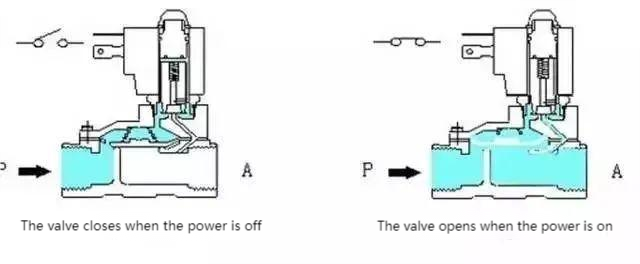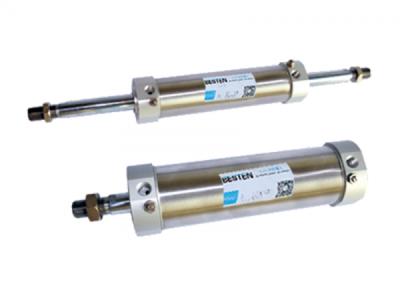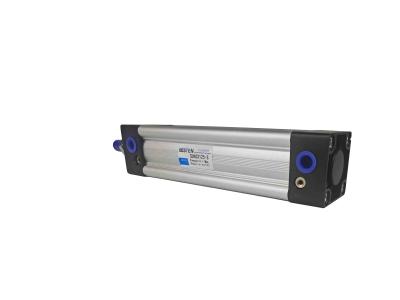BESTEN The working principle and classification of solenoid valves
Solenoid valves play a central role in the operation of cylinders, which directly manage the start, stop and direction of movement of cylinders by controlling the on/off and direction of airflow. First of all, the solenoid valve is able to open or close the air source, thus controlling the start and stop of the cylinder, and it controls the expansion and contraction of the cylinder by changing the flow direction of the gas. In addition, the solenoid valve can also adjust the flow of inlet or exhaust air, which in turn controls the movement speed of the cylinder, realizes the cushioning function, and reduces the impact force at the end of the cylinder stroke. In case of emergency, the solenoid valve can quickly cut off the air source, ensure that the cylinder stops moving, and cooperate with pressure sensors and other equipment to prevent the cylinder from overloading, so as to ensure the safety of the system. All in all, solenoid valves are the key components to ensure the accurate, efficient and safe operation of cylinders, and play an indispensable role in pneumatic systems.
There are many kinds of solenoid valves, and different solenoid valves play a role in different positions of the control system, the most commonly used are check valves, safety valves, directional control valves, speed regulating valves, etc.
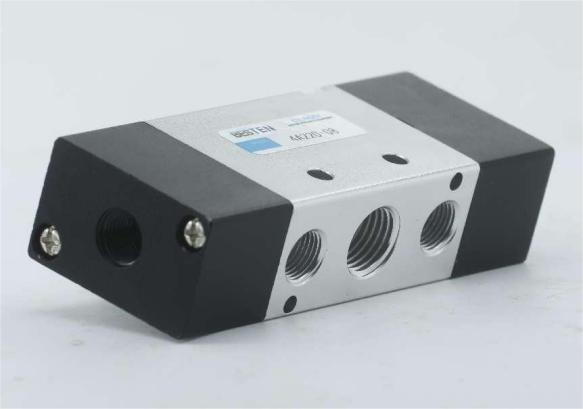
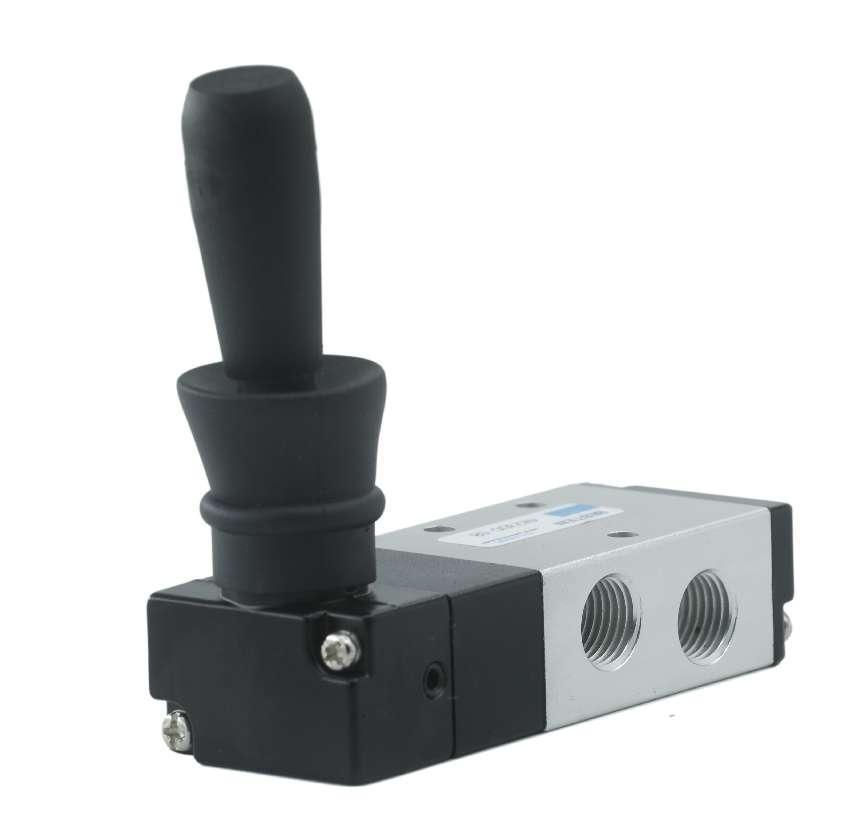
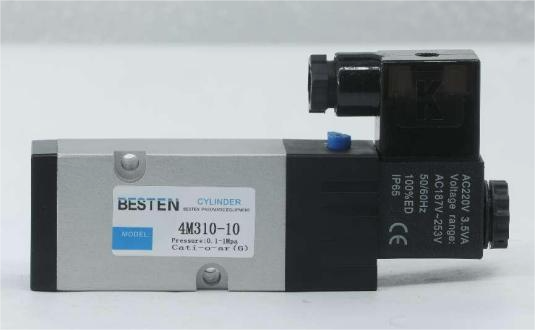
How it works:
There is a closed cavity in the solenoid valve, there are through holes in different positions, each hole is connected to a different oil pipe, the middle of the cavity is a piston, two electromagnets on both sides, which side of the magnet coil energized valve body will be attracted to which side, open or close different oil drain holes by controlling the movement of the valve body, and the oil inlet hole is normally open, the hydraulic oil will enter different oil drain pipes, and then push the piston of the oil cylinder through the pressure of the oil, the piston drives the piston rod, and the piston rod drives the mechanical device. In this way, the mechanical movement is controlled by controlling the current interruption of the electromagnet.
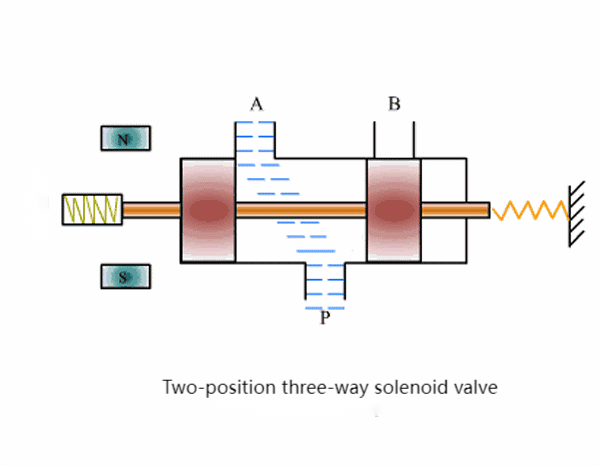
Classify:
1. Direct-acting solenoid valve
Principle: When the normally closed type is energized, the electromagnetic coil generates electromagnetic force to lift the open part from the valve seat and open the valve; When the power is off, the electromagnetic force disappears, the spring presses the opening on the valve seat, and the valve is open. (Normally open type is the opposite) features: it can work normally under vacuum, negative pressure and zero pressure, but the diameter is generally not more than 25mm.
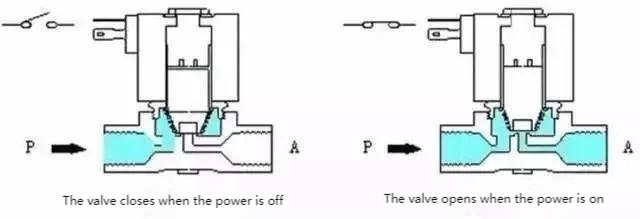
2. Step-by-step direct-acting solenoid valve
Principle: It is a combination of direct and pilot principle, when there is no pressure difference between the inlet and outlet, after the power is on, the electromagnetic force directly lifts the pilot valve and the main valve closure up in turn, and the valve opens. When the inlet and outlet reach the starting pressure difference, after the power is applied, the pressure of the lower chamber of the electromagnetic pilot valve and the main valve rises, and the pressure of the upper chamber decreases, so as to use the pressure difference to push the main valve upward; When the power is off, the pilot valve uses the spring force or medium pressure to push the shut-off and move down to close the valve. Features: It can also operate when there is zero pressure difference or vacuum and high pressure, but the power is large, and it must be installed horizontally.

3.Pilot operated solenoid valve
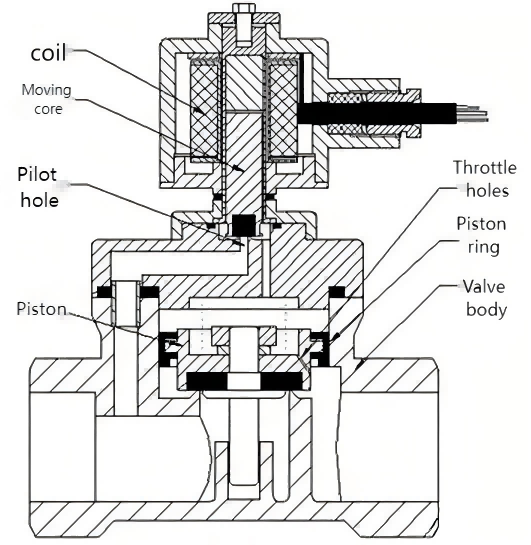
Principle: When energized, the electromagnetic force opens the pilot hole, the pressure of the upper chamber drops rapidly, and a low and high pressure difference is formed around the open part, and the fluid pressure pushes the open part to move upwards and the valve opens; When the power is off, the spring force opens the pilot hole, and the inlet pressure quickly forms a low and high pressure difference around the closing valve through the bypass hole, and the fluid pressure pushes the opening to move down and open the valve.
Features: small size, low power, high upper limit of fluid pressure range, can be installed arbitrarily (need to be customized) but must meet the fluid pressure difference conditions.
